Michal Kwiatkowski's Paris-Roubaix Pinarello Dogma F
We take a look at Kwiatowski’s cobbled race bike, alongside Ineos-Grenadier’s Paris-Roubaix bike fleet

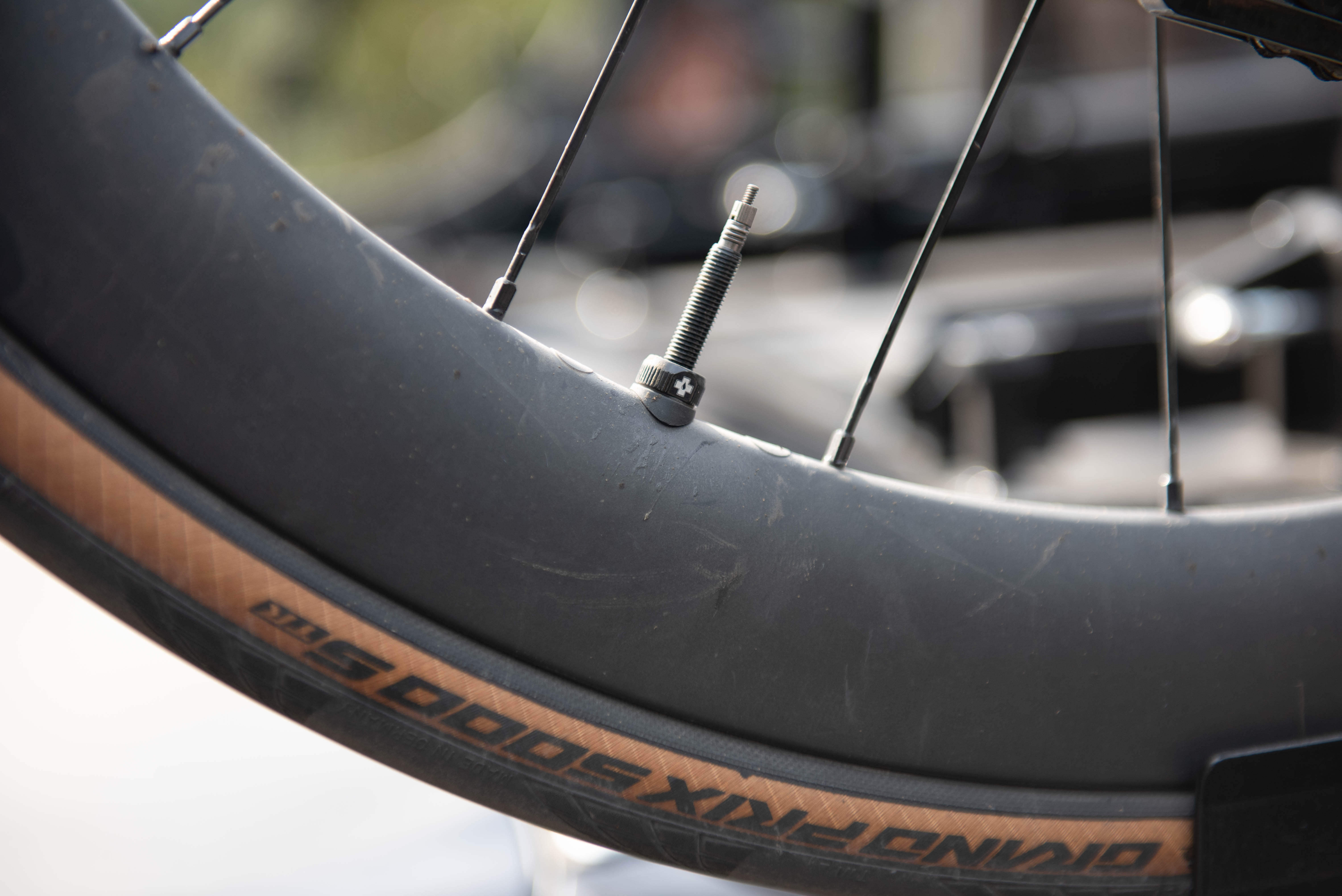
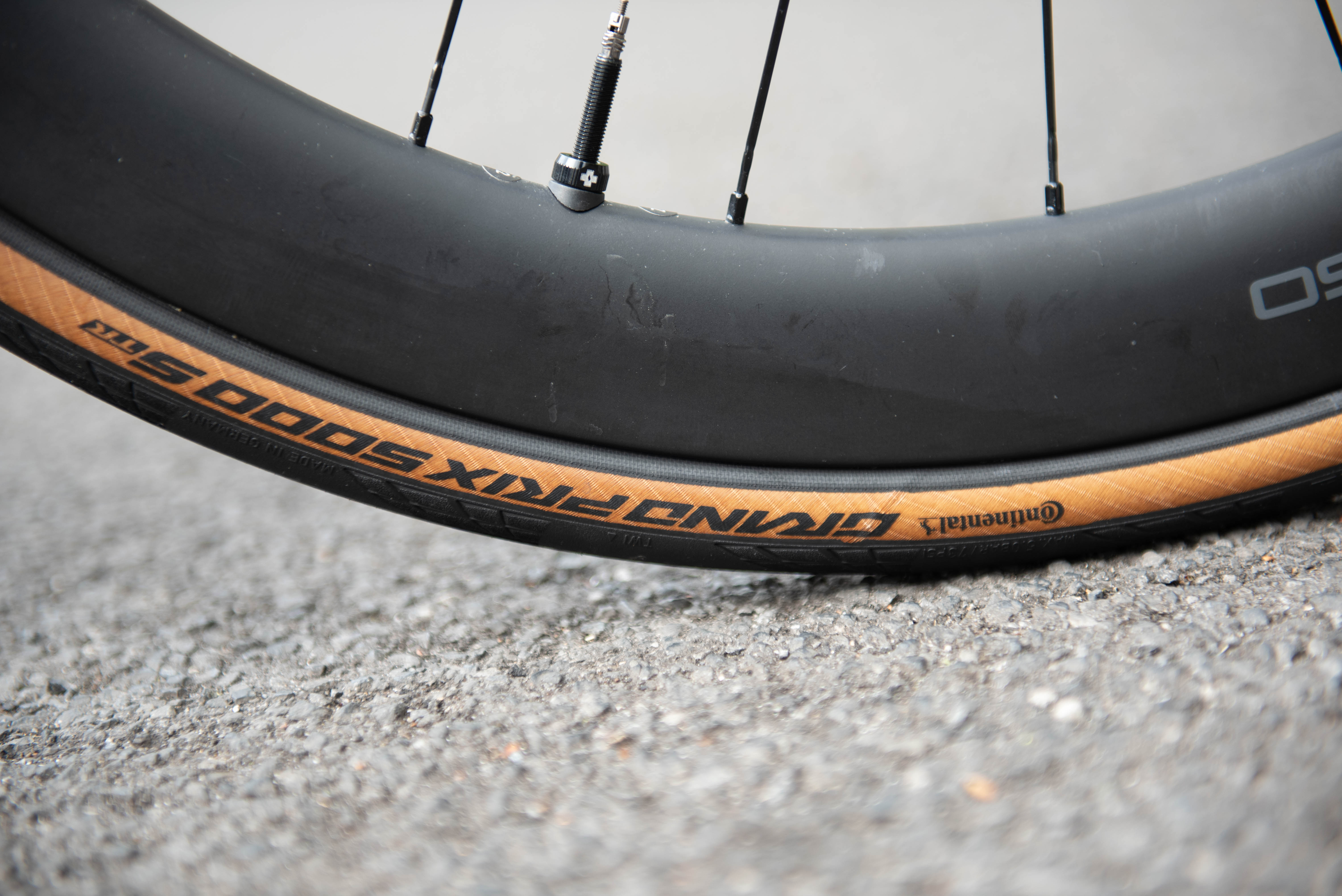
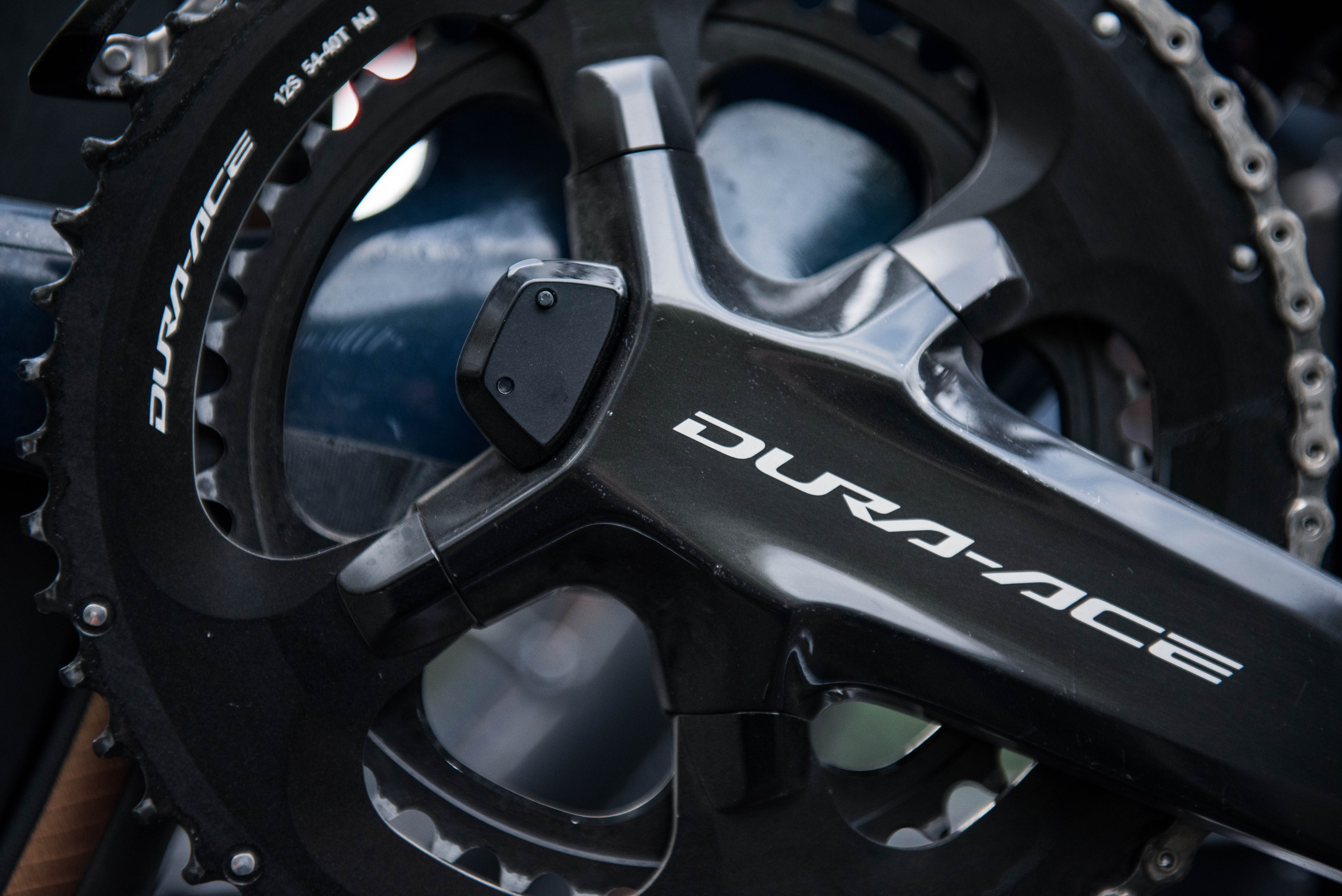
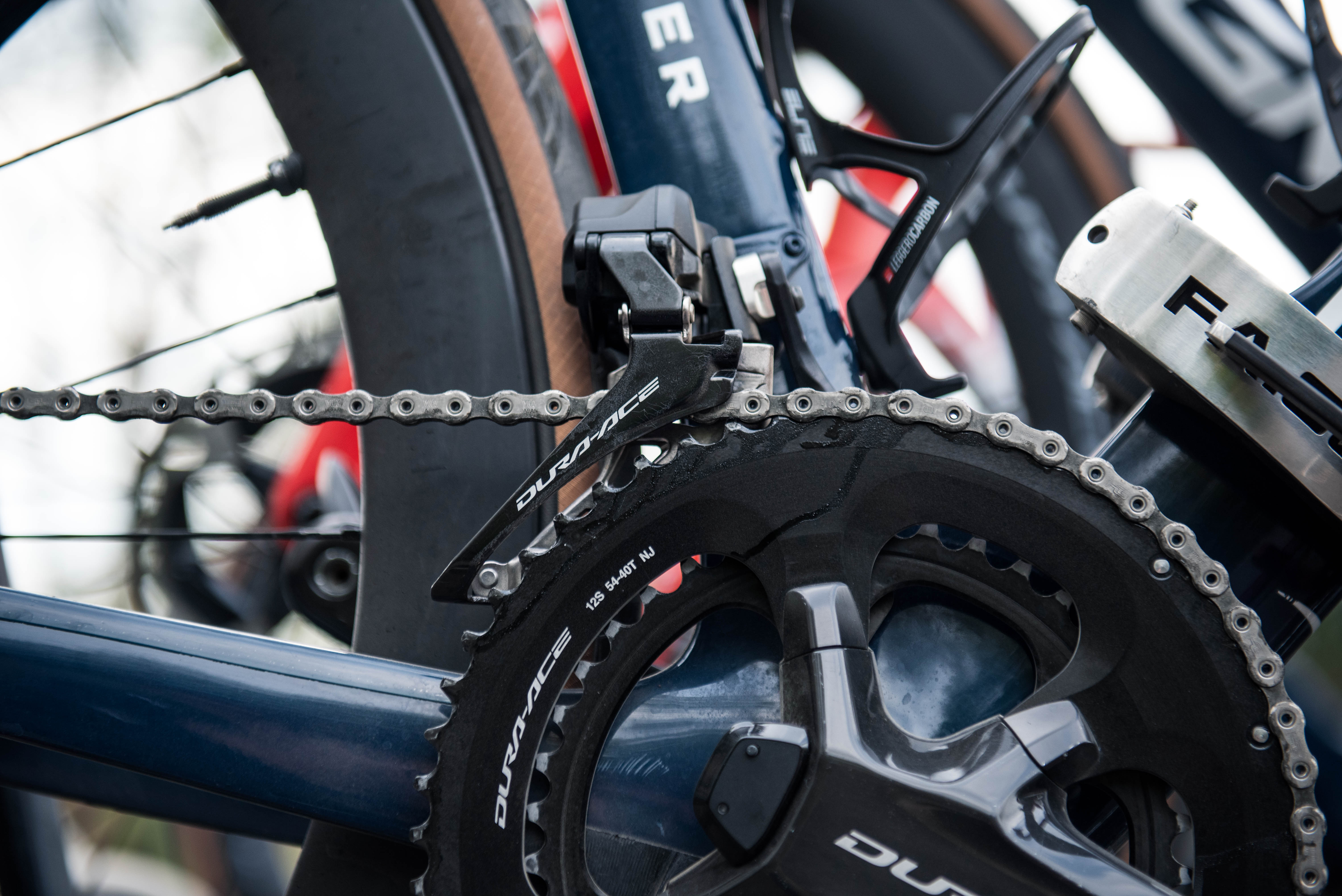
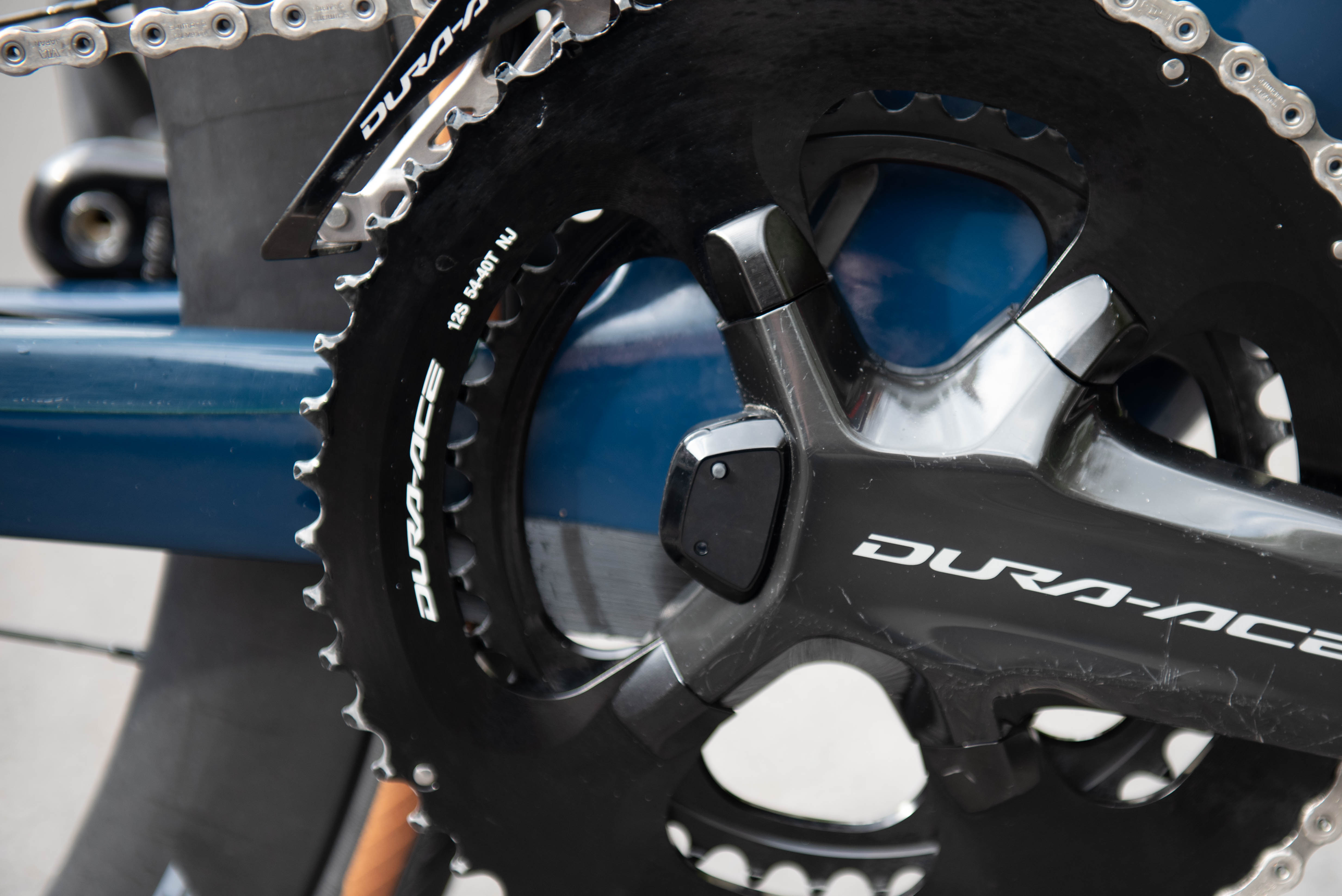
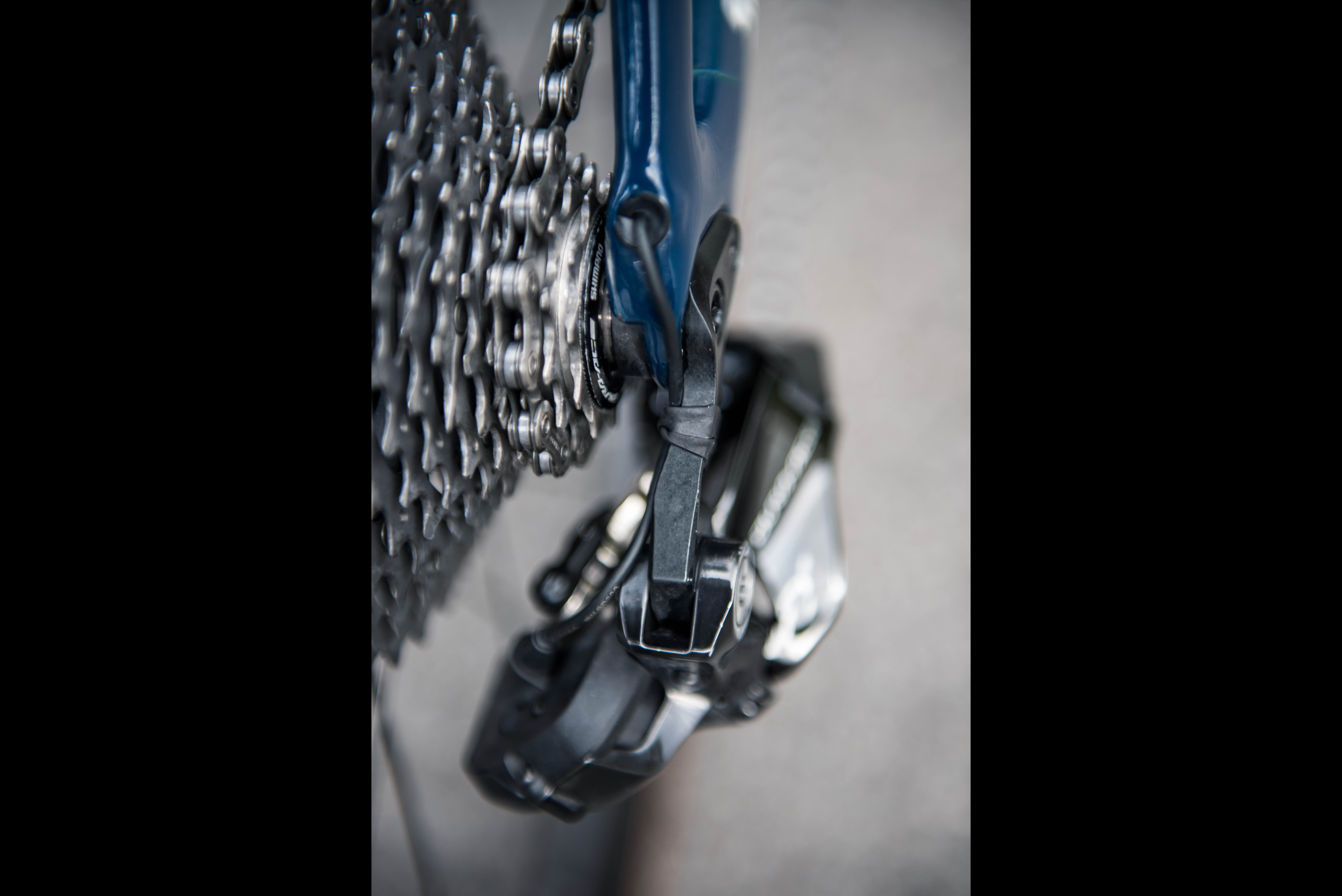
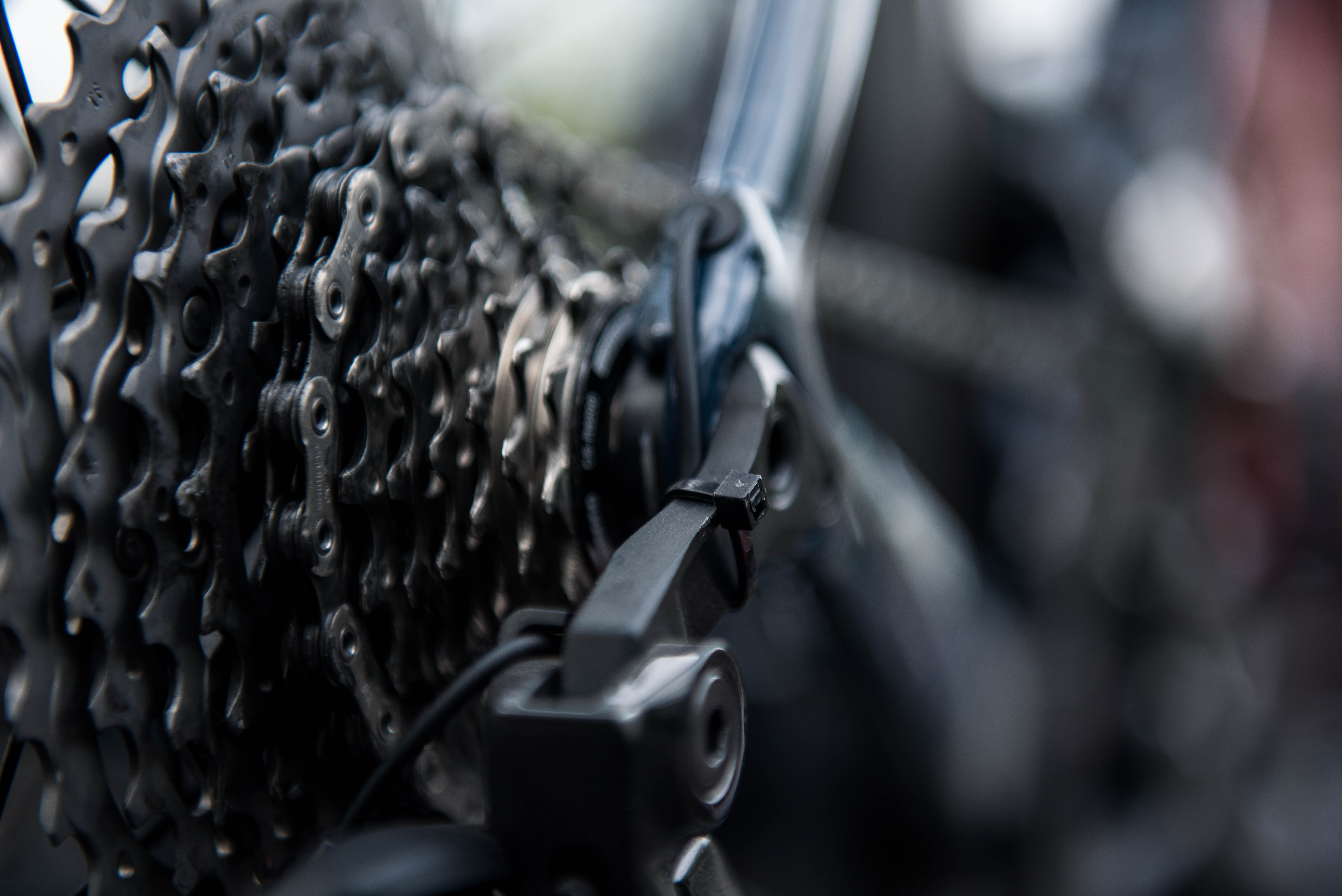
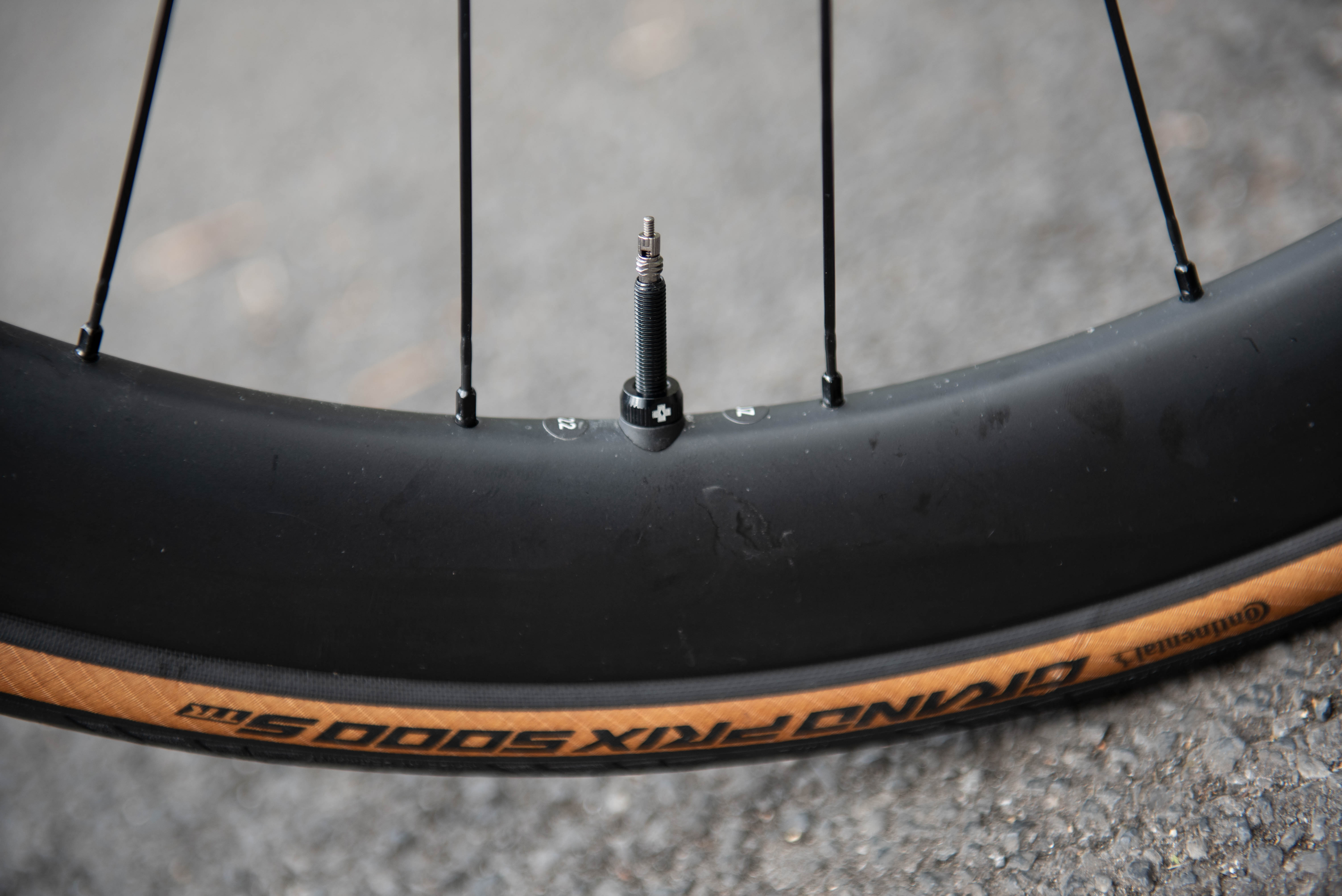
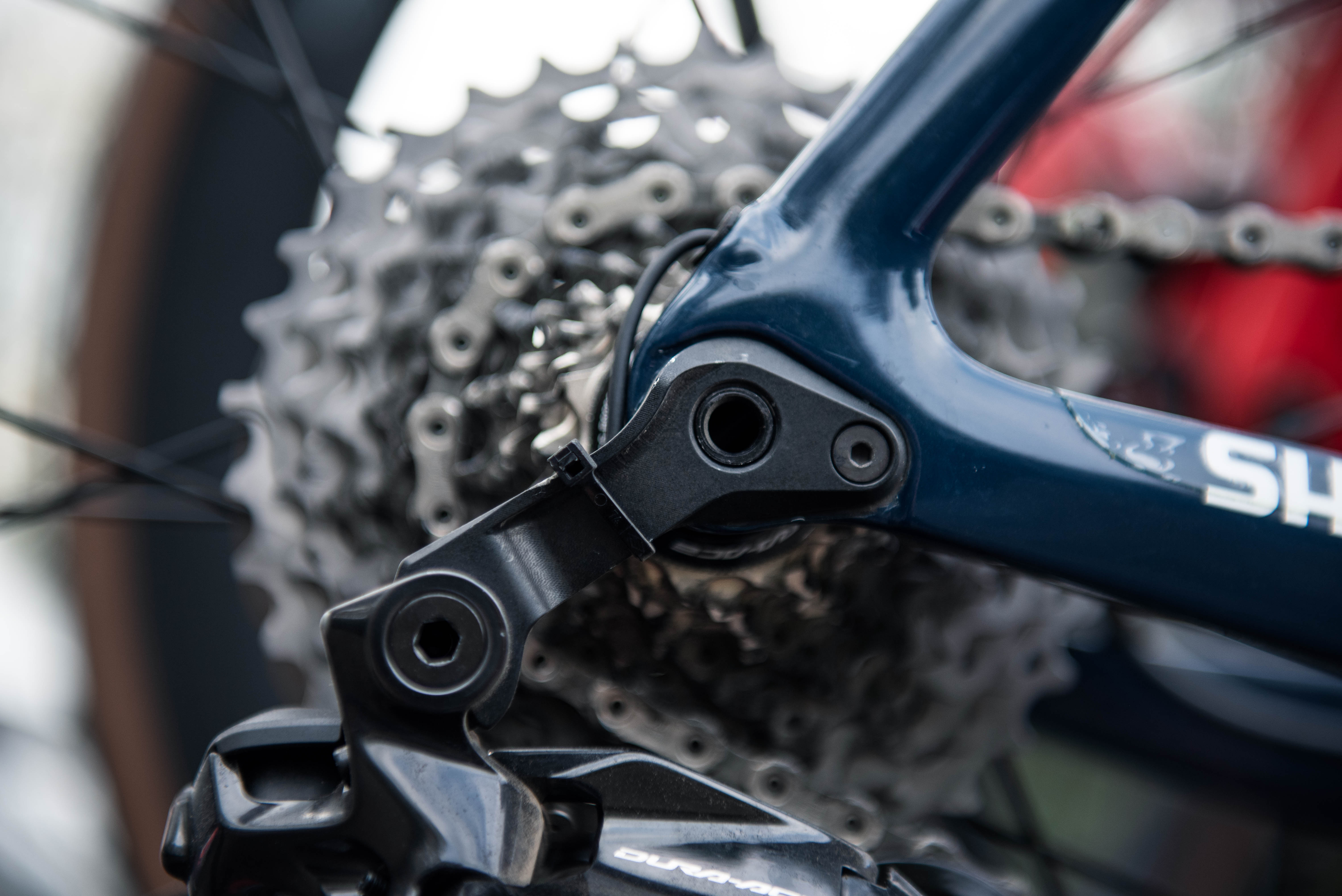
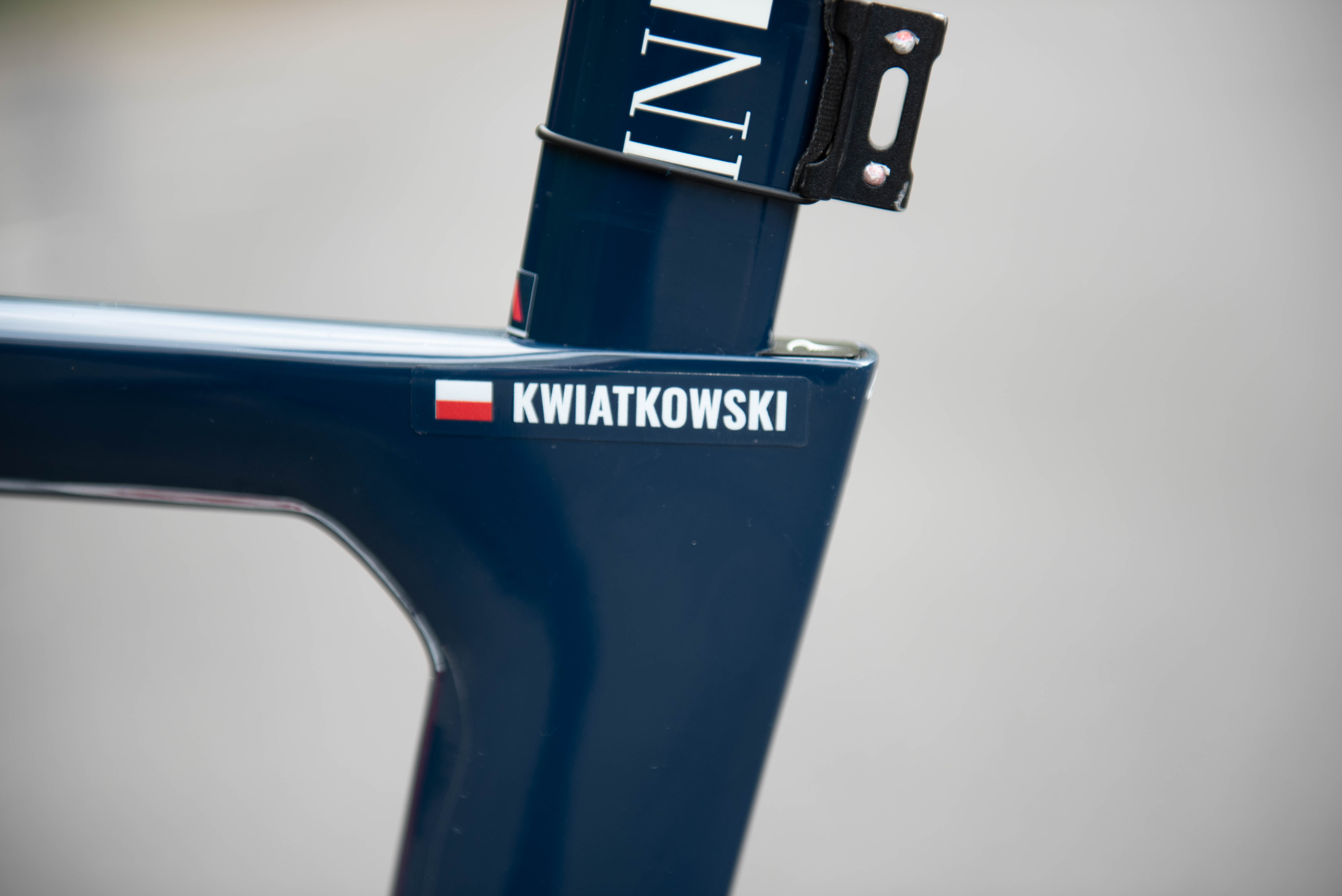
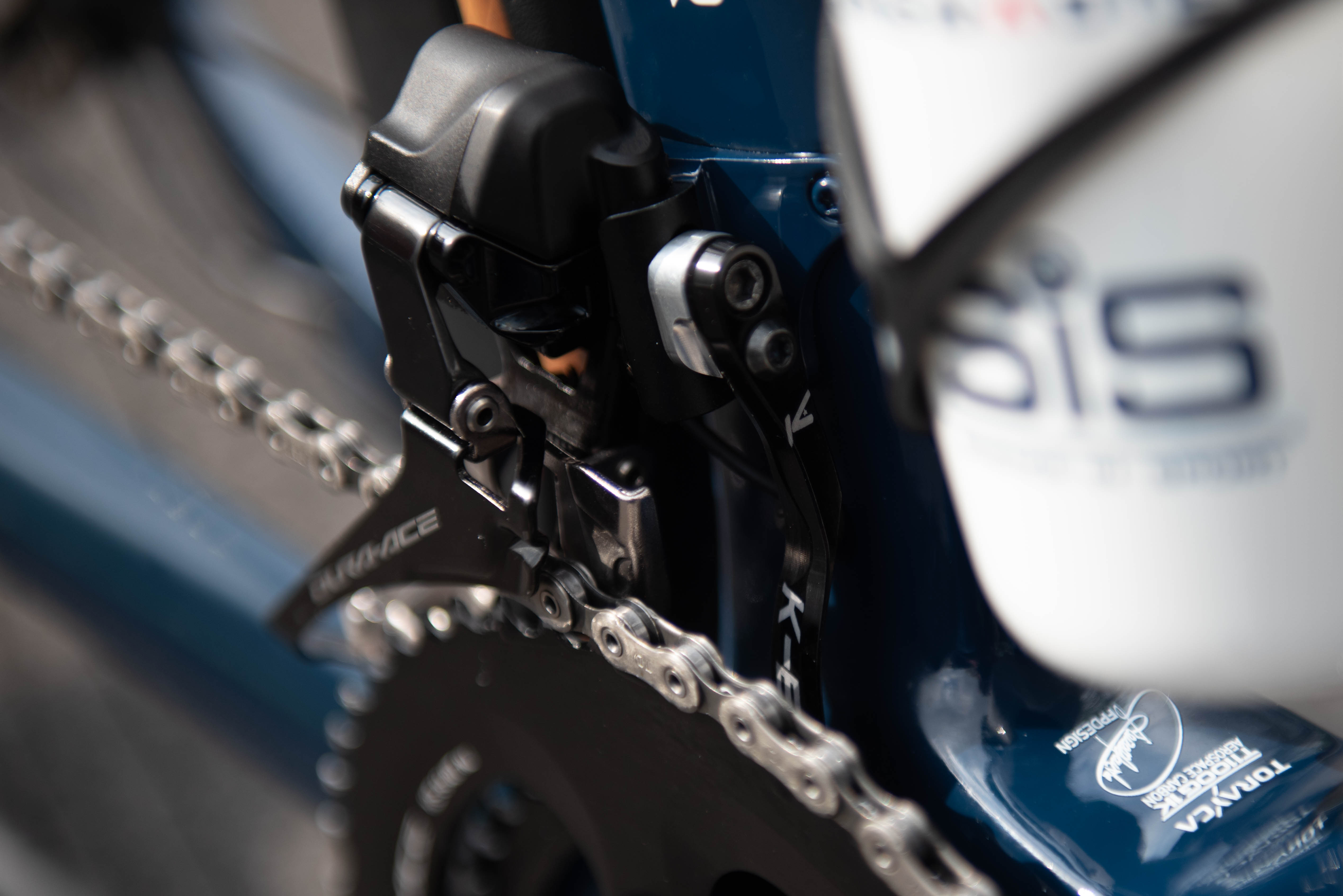
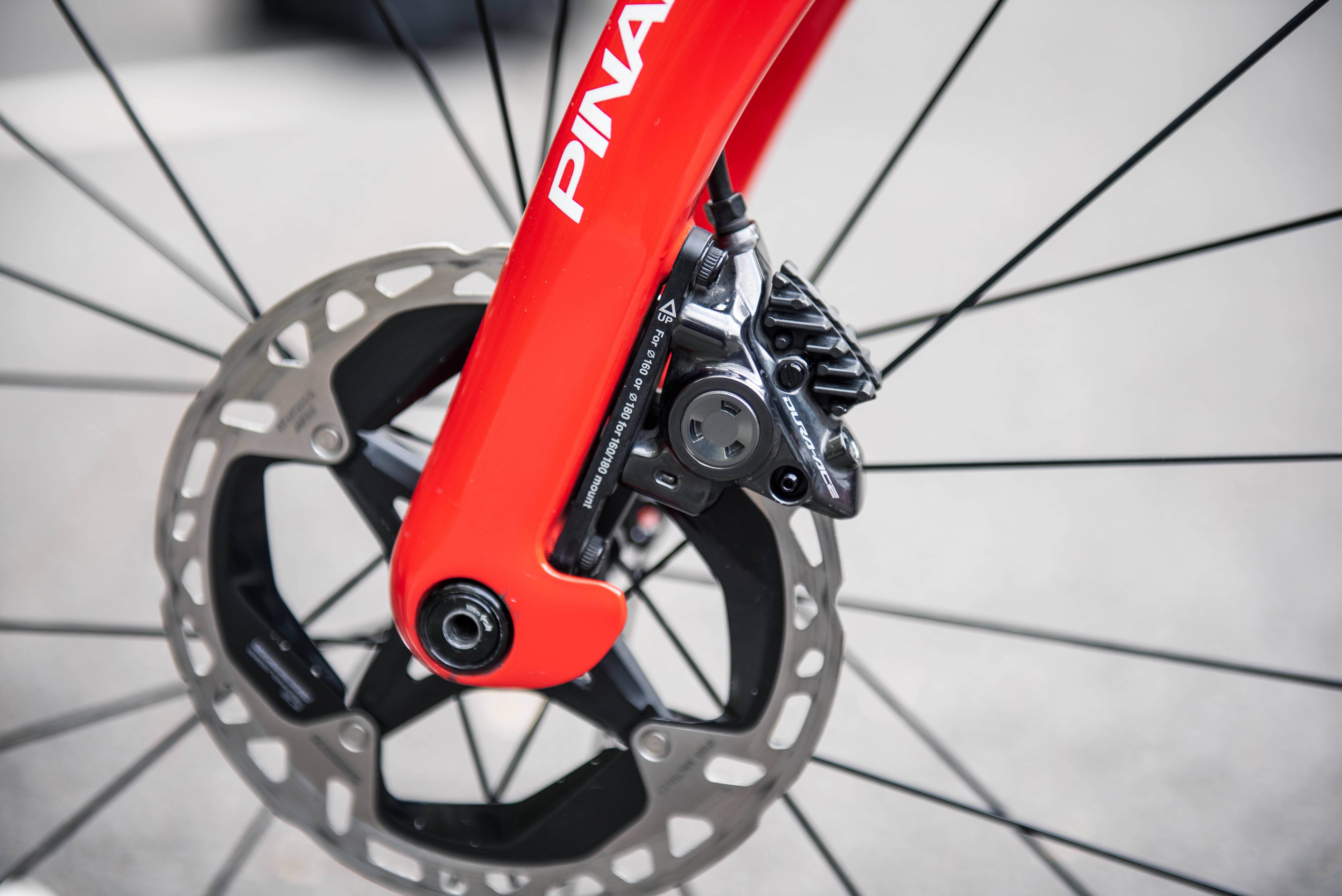
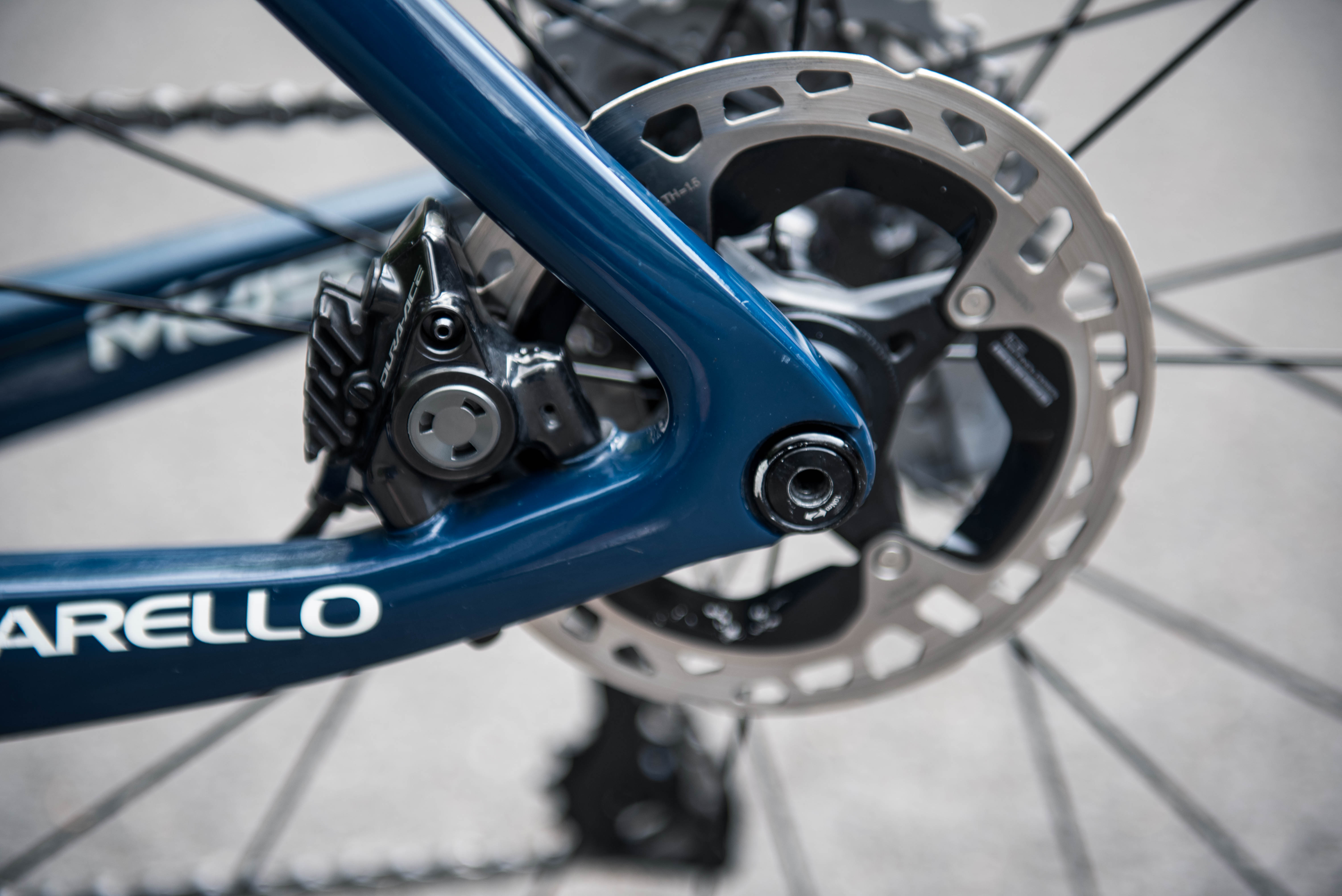
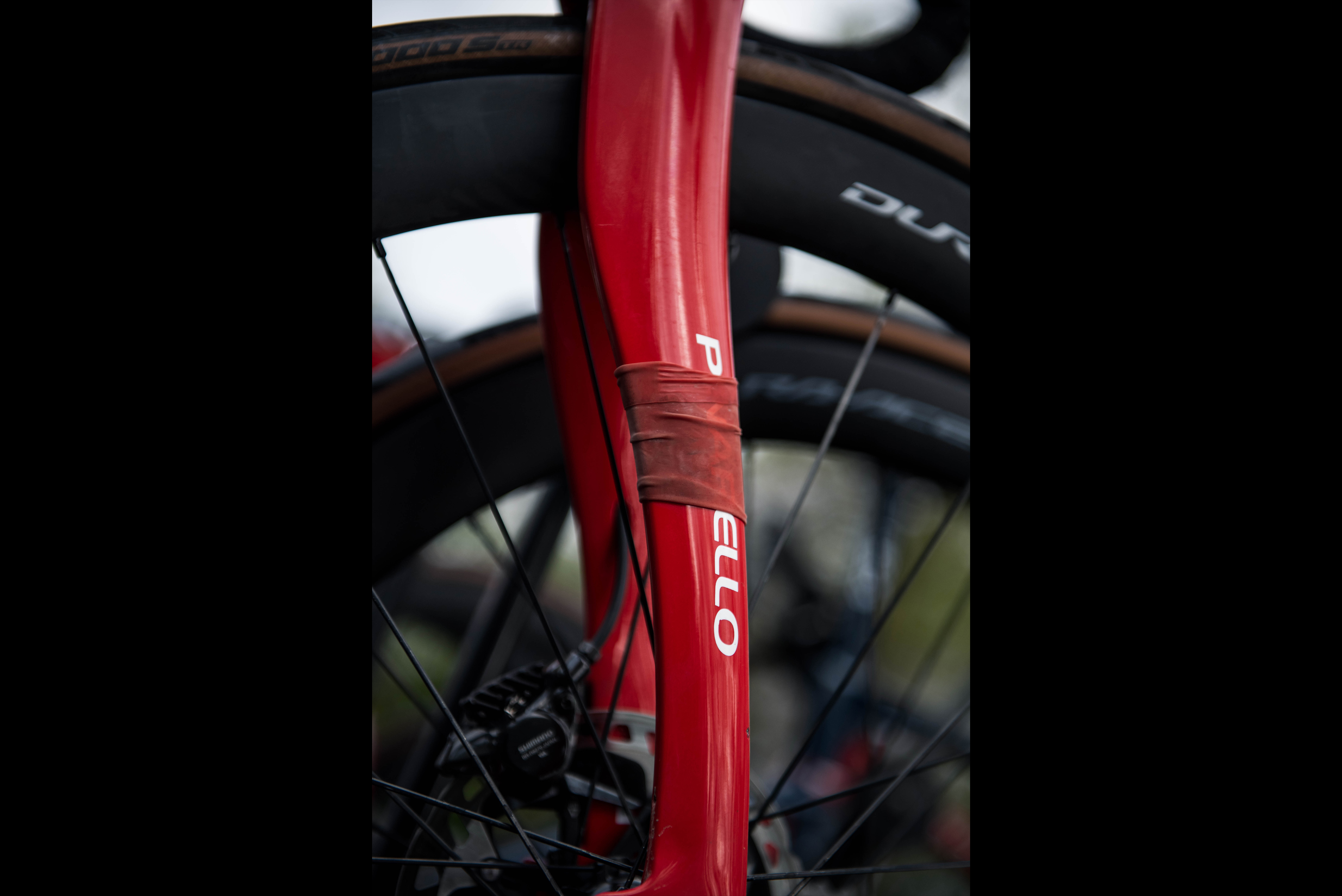
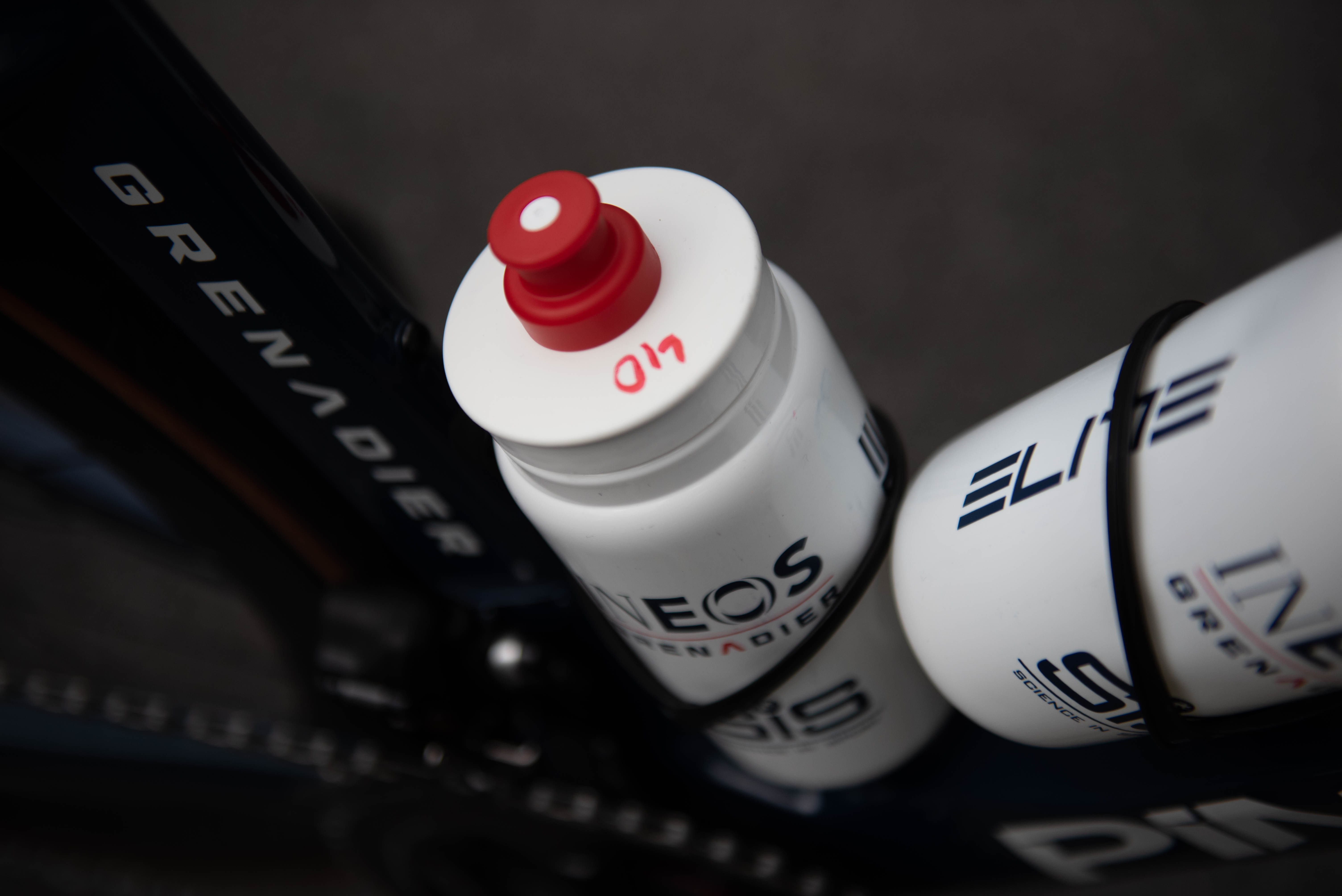
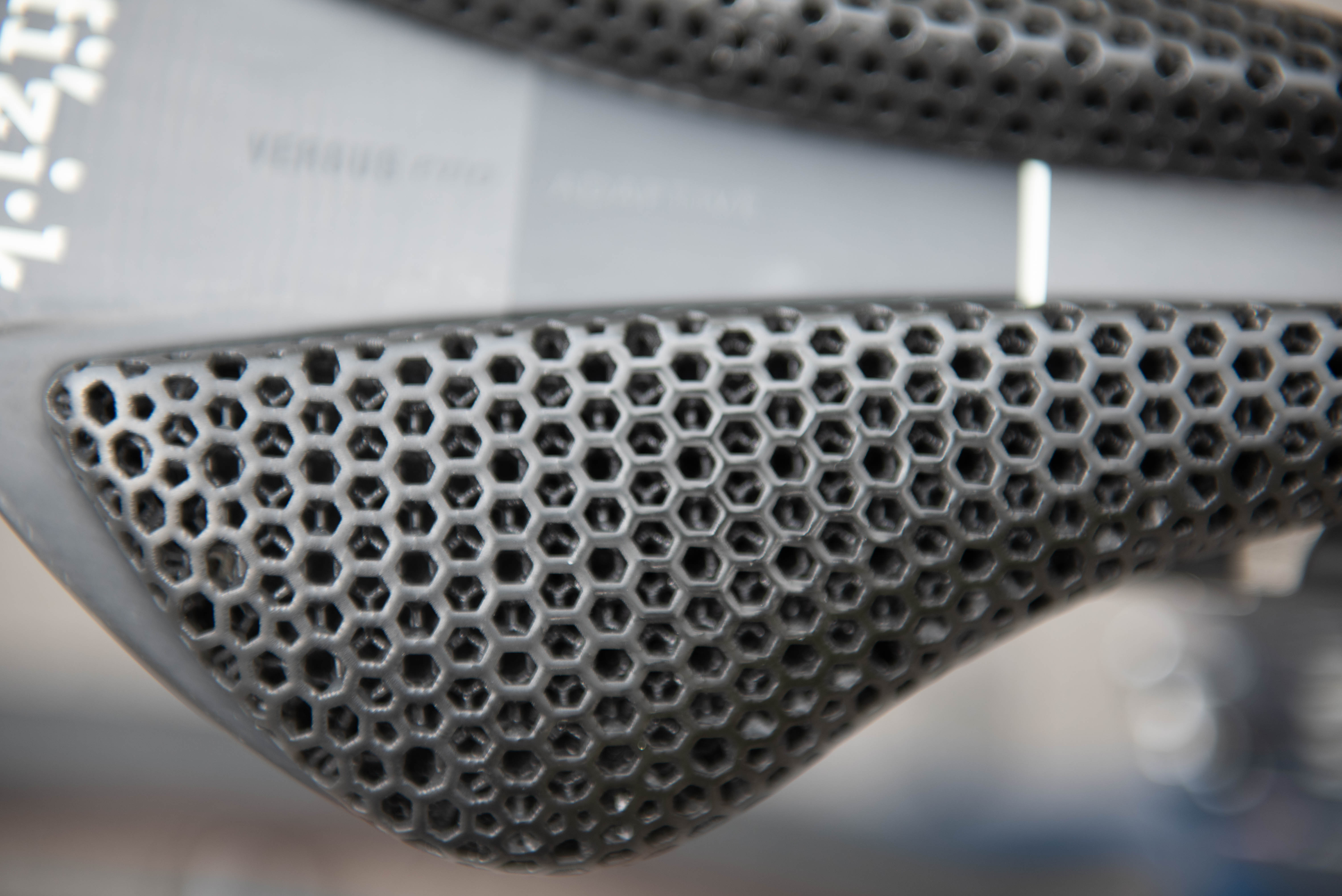
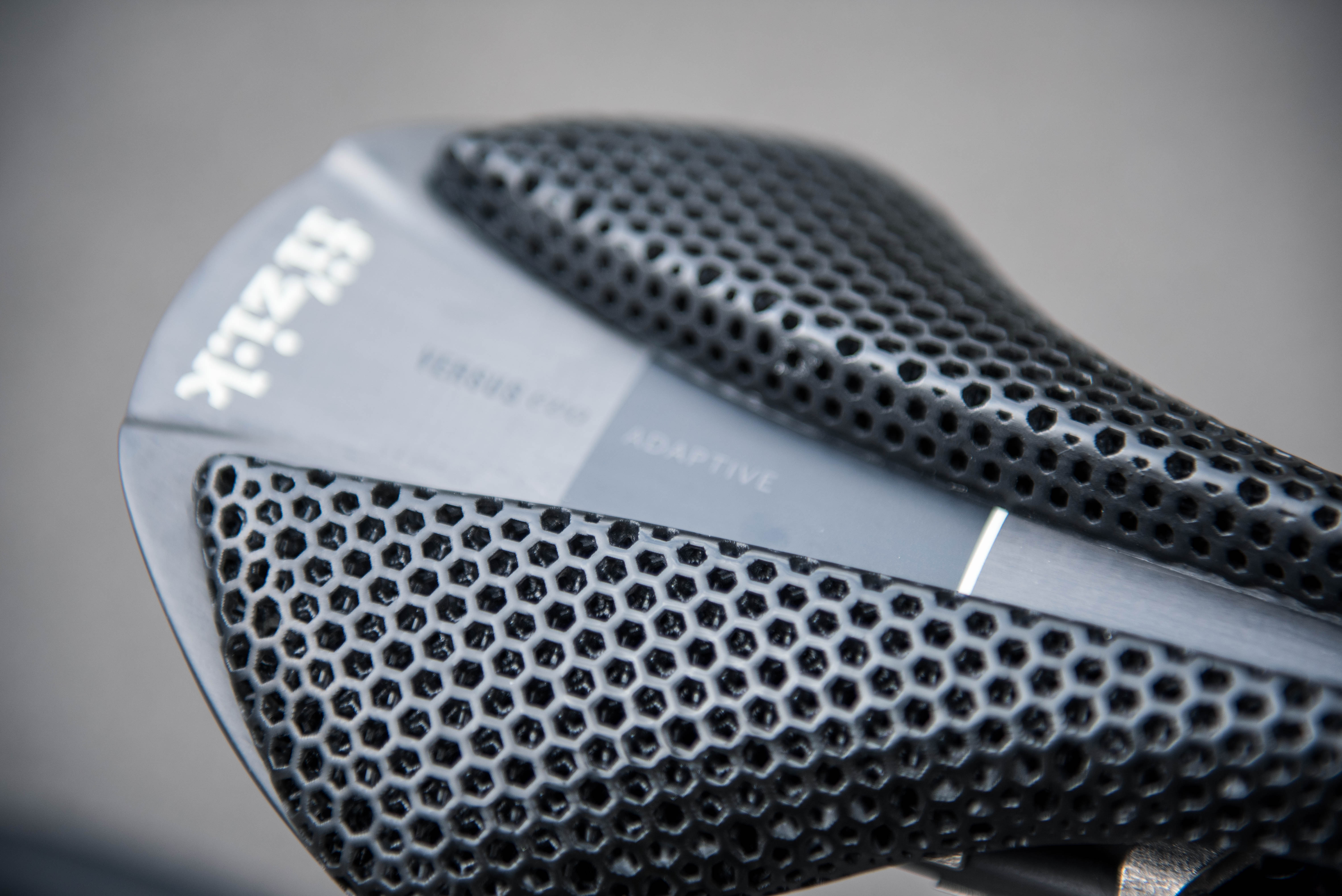
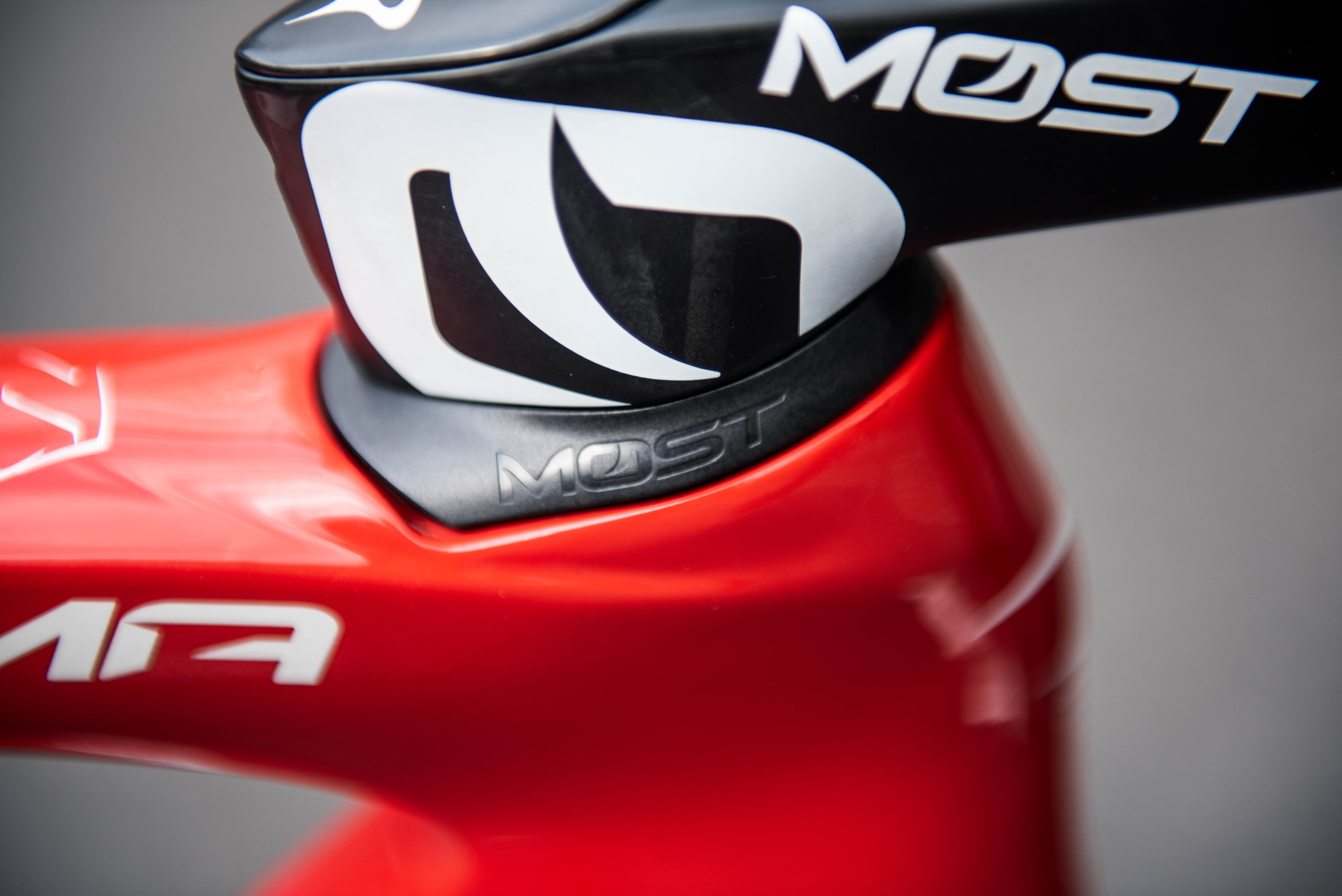
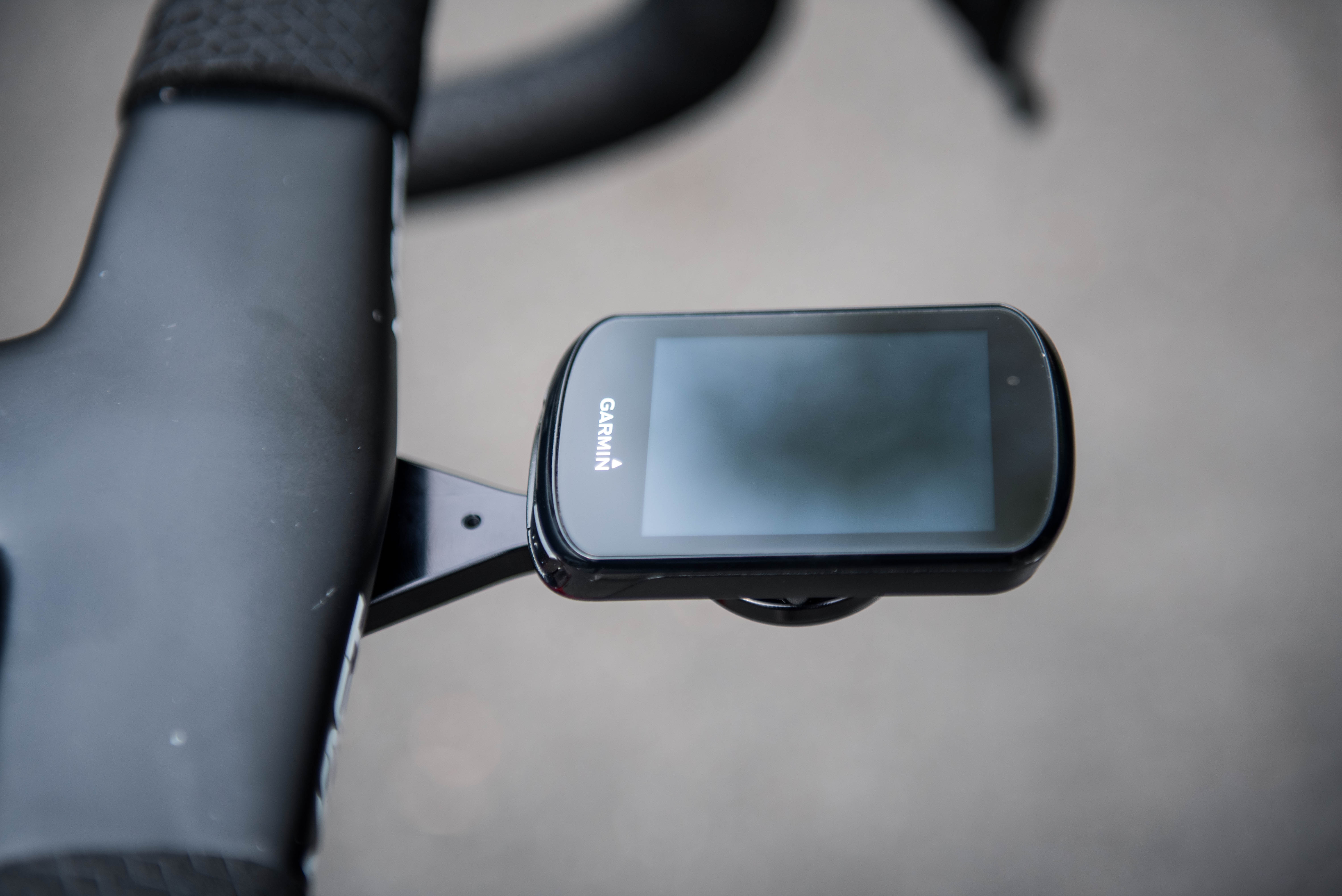

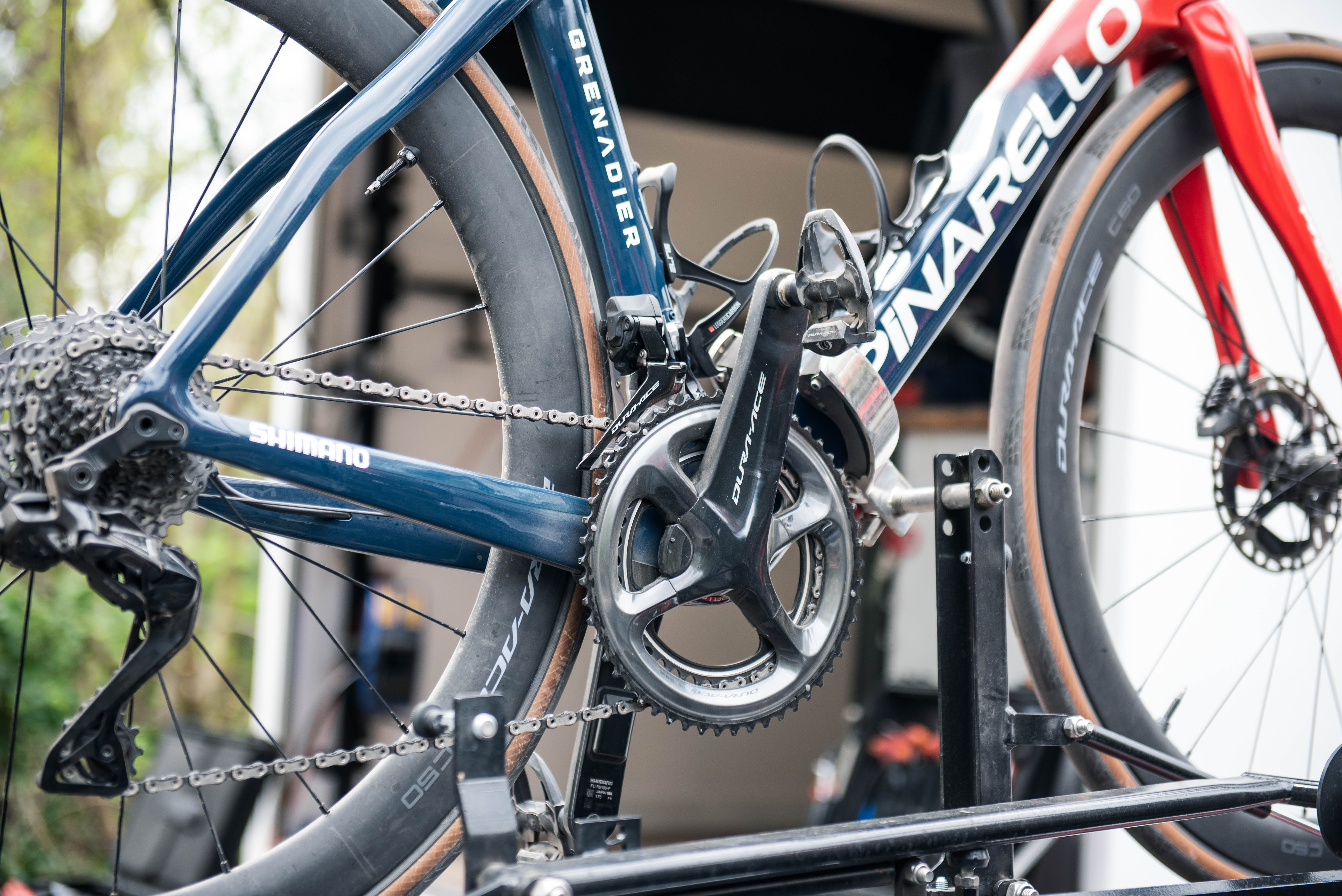
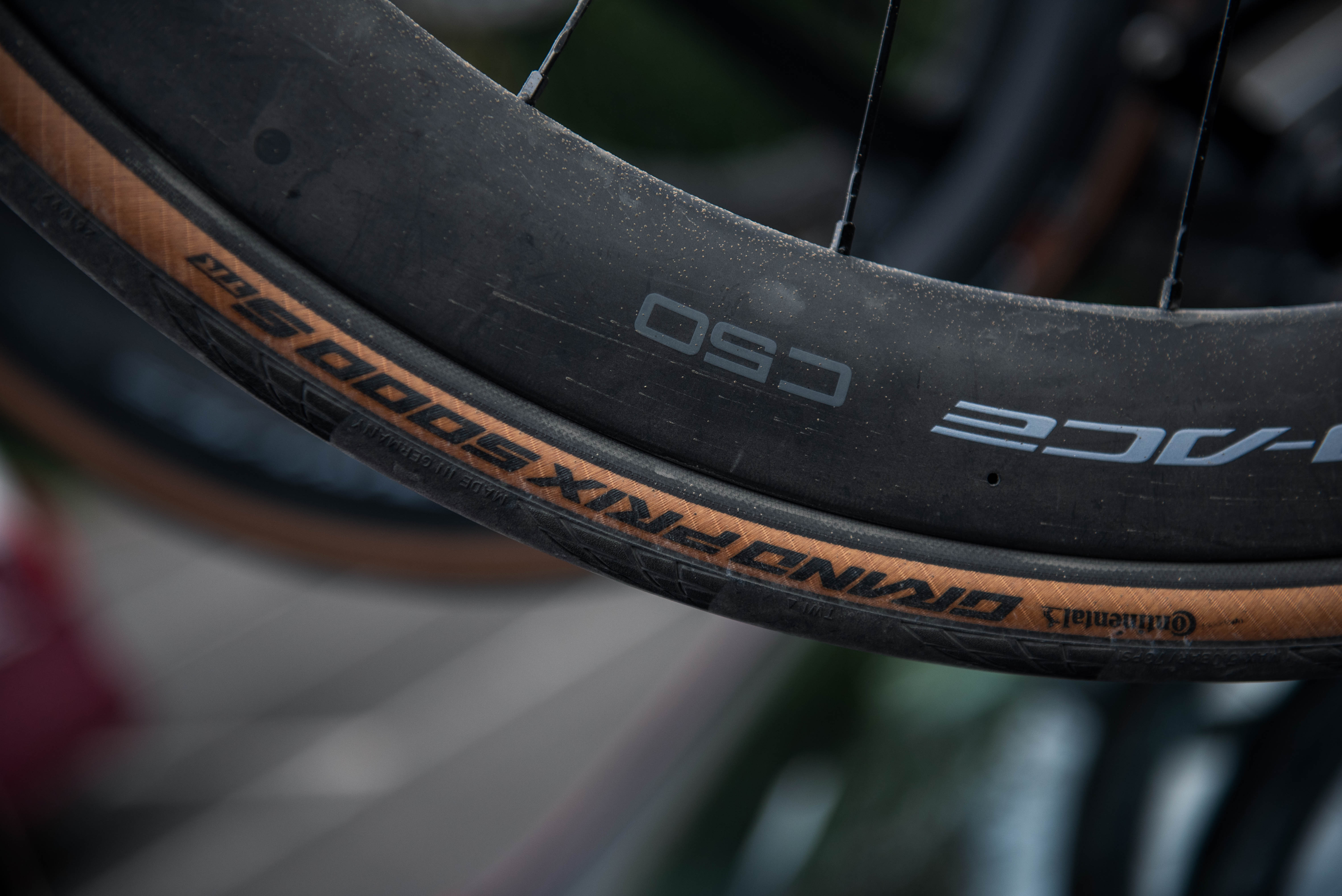
Paris-Roubaix has historically been one of the greatest showcases of cycling tech of the season, where brands unveil new endurance road bikes and often altogether new bike tech innovation to combat the severity of the cobbled sectors of the race.
Despite brands unveiling ever-more comfort-orientated bikes over the last few decades, more and more teams are opting for mildly adapted aero-focused race bikes. Ineos-Grenadiers, in a sign of how one bike can perhaps handle all conditions.
Where in some previous years, the team used cobble-adapted bikes such as the Dogma K8-S (containing a tiny rear-suspension system in the frame) this year Ineos has brought its top-tier aerodynamic-focussed Pinarello Dogma F to the race to be used by riders such as Michał Kwiatkowski and Filippo Ganna.
Despite the aero credentials, Kwiatkowski’s Dogma F reveals some interesting trends in cobbled tech setups.
Most obviously, Ineos has committed to a tubeless tyre setup across the fleet, siding for tan wall Continental GP5000 S TR tyres. The riders have opted for 30mm tyres, with Ineos team mechanics explaining to Cyclingnews that they would be setting the tyre pressure between 3.6 and 5.5 bar (52-80psi).

Tubeless may already seem commonplace in the Classics, but last year was the first time most teams used the technology at Paris-Roubaix, having historically sided for more specialist solutions such as bespoke silk wall tubular tyres.
For Team DSM, the inception of tubeless tech has opened the door to experimenting with in-race pressure management systems. We eagerly await the first ever use of this tech in racing at the weekend.
Get The Leadout Newsletter
The latest race content, interviews, features, reviews and expert buying guides, direct to your inbox!
Cobble-specific tech
The Paris-Roubaix setup was markedly similar to Ineos’ normal rig, but a close look revealed a few subtle changes. Beyond the obvious tyre choice, we see a larger set of chainrings - with 54-40 teeth for large and small rings.
We suspect that’s partly because of Paris-Roubaix’s relatively flat nature, but it also means that the riders are likely to have a straighter chainline on the cobbles and so reduce chance of chain drop.
Chain drops have been a bugbear so far this season, with many pinning down the cause to a mix of new and older generation Shimano Dura-Ace amongst teams. While Kwiatkowski’s Dogma features complete 9200 Dura-Ace - including a Shimano power meter - supply issues have meant that some riders have to settle for older components.
One of Luke Rowe’s bikes, for instance, is sporting a mismatch of old and new Dura-Ace this weekend.

Beyond that, Ineos is using two layers of bar tape, and Kwiatkowski's bike has a thin layer of sandpaper on the brake lever to improve grip.
Garmin is providing bike computers, with Kwiatkowski opting for the Garmin Edge 530. An endearing nod to practicality over aesthetics is the rubber band intended to hold the race transponder - making it unlikely to bounce off during cobbled sectors.
The rear derailleur Di2 cable is also affixed to the hanger with an extra rubber band to ensure the cable doesn't bounce out of its socket on the derailleur - rendering the gears unresponsive.

Kwiatkowski’s saddle also reveals some clever spec choice, siding for Fizik’s Antares R3 Versus Evo adaptive saddle. The saddle uses 3D-printed material to create a honeycomb layer offering selective cushioning that will help the impact of the cobbled sectors. Of course, given Kwiatkowski’s aggressive racing style, the stem remains predictably slammed.
Elsewhere, Roubaix is shaping up to be a fairly unique showcase of new bike tech, with Trek-Segafredo carefully concealing what appears to be a brand new Trek Domane, set to be unveiled on race day.

Peter Stuart has been the editor of Cyclingnews since March 2022, overseeing editorial output across all of Cyclingnews' digital touchpoints.
Before joining Cyclingnews, Peter was the digital editor of Rouleur magazine. Starting life as a freelance feature writer, with bylines in The Times and The Telegraph, he first entered cycling journalism in 2012, joining Cyclist magazine as staff writer. Peter has a background as an international rower, representing Great Britain at Under-23 level and at the Junior Rowing World Championships.